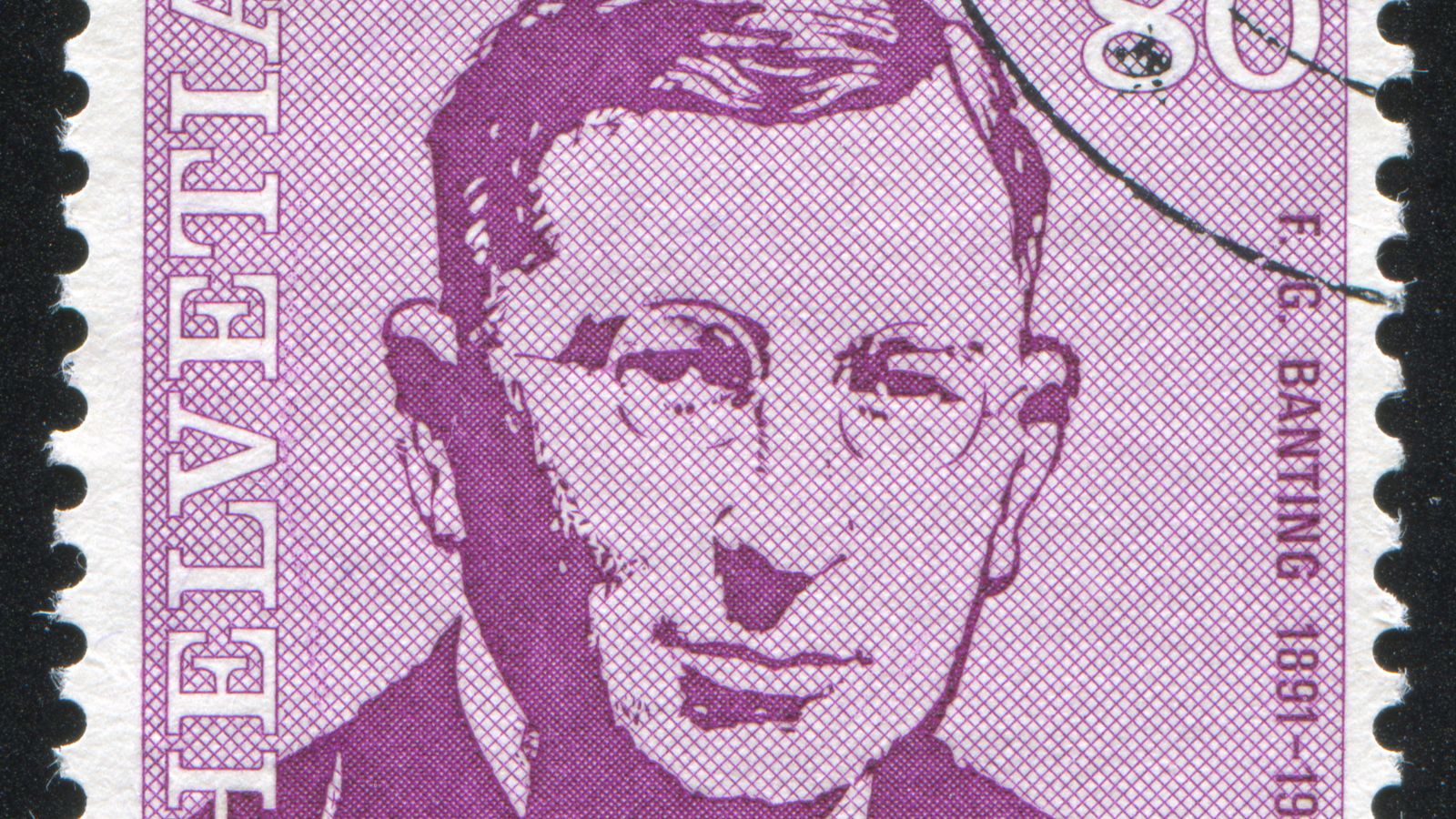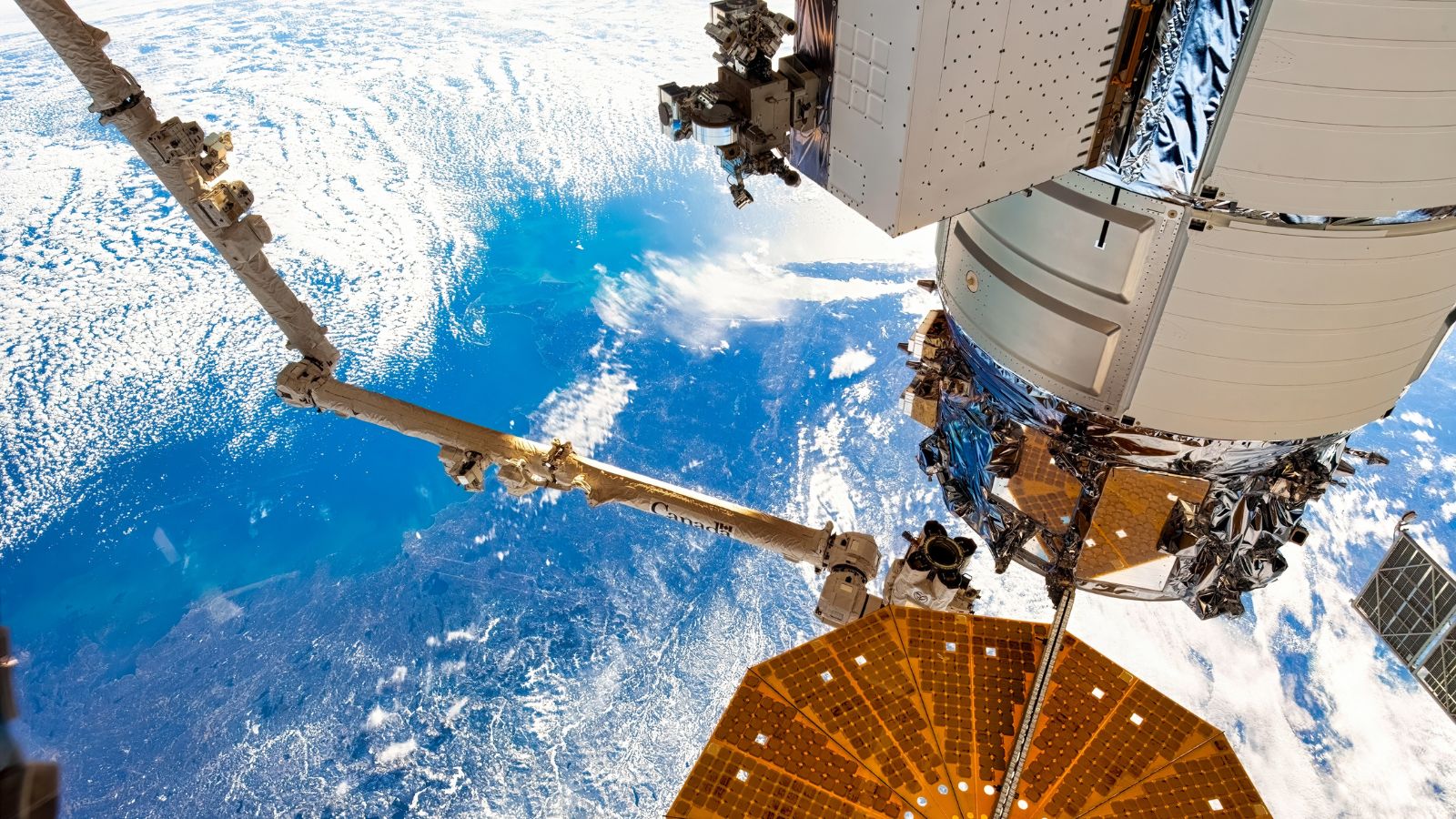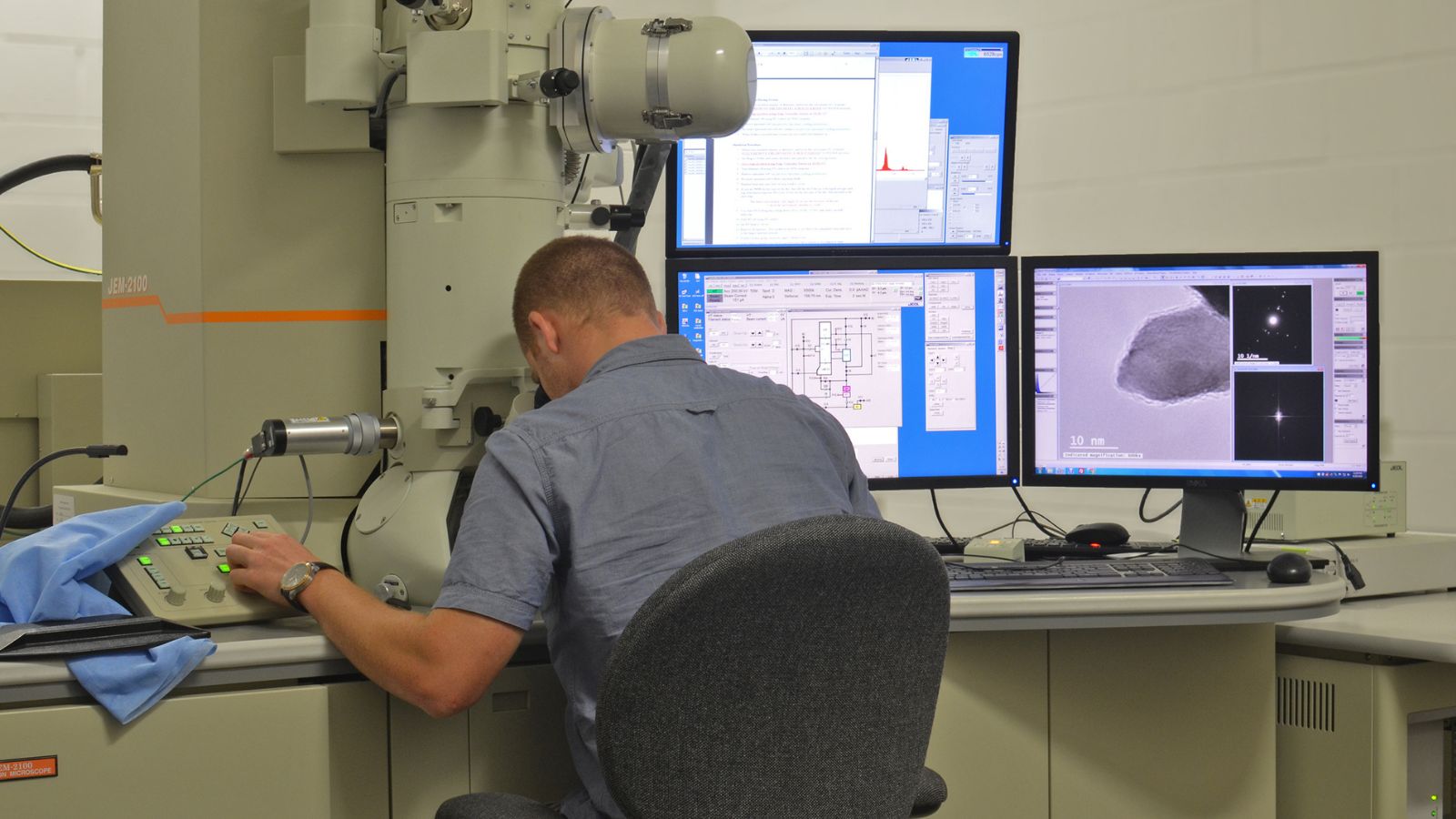Canada may not be the first country that comes to mind when people think of global innovation, but it should be. Often working quietly and without much fanfare, Canadian inventors, scientists, and visionaries have introduced ideas and technologies that have shaped the modern world. From breakthroughs in medicine to entertainment, transportation to sustainability, Canada has repeatedly outpaced expectations, and sometimes, outshone its powerful southern neighbor. These are 22 ways Canadian innovation left America feeling inferior.
Insulin Discovery

In 1921, Canadian scientists Frederick Banting and Charles Best changed the course of medicine forever with their discovery of insulin. Before this, diabetes was a death sentence. Their work at the University of Toronto saved millions of lives and continues to do so today. While the U.S. has pharmaceutical giants, the foundational treatment for diabetes was a Canadian breakthrough, reminding the world that life-saving ideas often come from the north.
IMAX Technology

While Hollywood may dominate cinema, the IMAX experience was born in Canada. Developed in the late 1960s by a group of Canadian filmmakers and engineers, IMAX revolutionized how audiences experience movies through large-format film and immersive sound. The U.S. embraced it quickly, but the technology’s roots are proudly Canadian, which is a point of national pride every time a blockbuster film debuts “in IMAX.”
Canadarm

Space innovation isn’t just an American story. The Canadarm, a robotic arm used on NASA’s space shuttles, was designed and built by Canadians. First launched in 1981, it became a critical tool for deploying and repairing satellites and assembling the International Space Station. While the U.S. gets the glory for space missions, many of them would not have been possible without Canadian engineering.
Telephone Invention

Though Alexander Graham Bell spent much of his life in the U.S., he developed and patented the telephone while living in Canada. His lab in Brantford, Ontario, is where the foundations of the device were created. The U.S. may have commercialized it, but its origin lies firmly on Canadian soil. It’s one of those innovations that shaped human communication, and Canada was there first.
Electron Microscope Advancements

James Hillier, a Canadian physicist, played a major role in developing the electron microscope. While the basic principles originated in Europe, Hillier’s improvements while at the University of Toronto helped make it a practical and powerful scientific tool. These microscopes enabled advances in medicine, biology, and materials science. American labs may rely on them daily, but a Canadian helped perfect the lens through which we view the microscopic world.
Snowmobile Creation

When Joseph-Armand Bombardier invented the snowmobile in Quebec during the 1930s, he transformed how people navigated snowy landscapes. Designed initially as a practical solution for winter transport, it later evolved into a global recreational phenomenon. While Americans enjoy snowmobiling today, they ride on the legacy of a Canadian invention built for survival and fun.
Standard Time

Sir Sandford Fleming, a Canadian engineer, proposed the system of worldwide standard time zones in the 1870s. His idea was revolutionary and quickly adopted internationally, laying the groundwork for how we schedule everything from trains to space launches. The U.S. eventually embraced the concept, but it was Canadian logic that brought order to global chaos. Without Fleming, time might still be relative on train platforms.
Walkie-Talkie Development

Canadian Donald Hings invented the first walkie-talkie in the 1930s, originally called the “packset.” His invention became a key tool in military communications during World War II. The U.S. military quickly adopted it and improved upon it, but the original brainchild was Canadian. It’s a classic example of Canadian ingenuity silently supporting American strength.
Zipper Innovation

While the concept of the zipper was American, Canadian engineer Gideon Sundback vastly improved it in 1913, making it the functional fastener we still use today. Sundback’s design helped popularize the zipper in clothing, luggage, and beyond. The U.S. may manufacture them in bulk, but Canada made the zipper practical. Every time you zip up your jacket, thank Canadian problem-solving.
Java Programming Roots

The Java programming language, a backbone of web and mobile apps, was heavily influenced by Canadian computer scientist James Gosling. Born in Calgary, Gosling developed the foundational elements of Java while working at Sun Microsystems. Java became one of the most widely used programming languages in the world. America took it to market, but its architecture is the product of Canadian intellect.
Wastewater Vaccine Detection

During the COVID-19 pandemic, Canadian scientists were among the first to develop and apply techniques for detecting viral outbreaks via wastewater. This allowed early warning signs of COVID-19 spikes, offering communities more time to respond. While the U.S. eventually adopted similar techniques, Canadian cities were already a step ahead. Once again, Canada demonstrated quiet leadership in public health innovation.
Environmental DNA Tracking

Canadian researchers have been at the forefront of using environmental DNA (eDNA) to monitor biodiversity and track endangered species. This technique allows scientists to detect animals in an ecosystem without capturing or observing them. It’s a non-invasive, cost-effective method now being used worldwide. Canada’s vast wilderness made it the perfect testing ground for technology now helping the entire planet.
Battery Recycling Technology

Canada is leading the charge in lithium-ion battery recycling, a crucial step in making electric vehicles more sustainable. Companies like Li-Cycle, based in Ontario, have developed innovative methods for extracting usable materials from spent batteries with minimal environmental harm. The U.S. has lagged behind in this area despite being a major EV market, which is yet another instance where Canada innovated for a greener future.
Medical Robots

Canadian innovation in robotic surgery systems, particularly through companies like Titan Medical and research at the University of Toronto, has pushed the boundaries of minimally invasive procedures. These robots are designed to make surgeries safer, quicker, and more precise. While American hospitals have adopted robotic surgery with enthusiasm, some of the cutting-edge hardware and software originated in Canadian labs.
Ocean Floor Mapping

Canadian oceanographers have played a significant role in mapping the seafloor, using advanced sonar and satellite technology. These efforts are crucial for understanding ecosystems, tectonic activity, and climate change. Much of the U.S.’s marine science benefits from this foundational Canadian research, which is another area where Canada leads through data, precision, and quiet determination.
Green Building Standards

Canada was an early adopter and leader in green building certification, with programs like R-2000 predating the U.S. LEED standard. These guidelines set the benchmark for energy efficiency and sustainable construction long before it was trendy. American architects may follow LEED today, but the blueprint for green building was pioneered in Canada. Environmental foresight isn’t just policy, it’s part of Canadian design.
Satellite Communications

Canada launched its first satellite, Alouette-1, in 1962, making it the third country in space and the first to study the ionosphere from above. This milestone in communications technology demonstrated Canada’s ability to play with the big players. While the U.S. gets most of the attention for space exploration, Canada has quietly contributed cutting-edge data and technology and Alouette-1 laid the groundwork for future global communications systems.
Wireless Radio Transmission

Reginald Fessenden, a Canadian-born inventor, made the first audio radio broadcast in 1900 and later transmitted the first two-way transatlantic radio signal. While Marconi gets much of the credit, Fessenden’s voice-carrying transmissions were groundbreaking. Radio as we know it today would not exist without his innovations and, while the U.S. commercialized the airwaves, Canadians gave them voice.
Ski-Doo Culture

Bombardier didn’t just invent the snowmobile, he created a cultural phenomenon. Ski-Doos became not only a means of winter travel but also an entire sport. Americans in northern states embraced snowmobiling, but the lifestyle was born and bred in Canada. The brand name even became synonymous with the activity itself, a rare feat in product identity.
Carbon Capture Innovation

Canada has been a pioneer in carbon capture and storage (CCS) technologies, with major projects in Alberta helping reduce industrial emissions. While the U.S. has struggled to implement similar projects at scale, Canada continues to refine and expand CCS. These innovations could be essential in the fight against climate change, with Canada quietly leading the charge while larger nations debate feasibility.
Polio Vaccine Refinement

Although the polio vaccine was developed in the U.S., Canadian researcher Leone N. Farrell developed the “Toronto Method” that made mass production possible. Her work allowed for millions of doses to be distributed globally, making a huge dent in the disease’s spread. Canada may not have gotten the headline, but it enabled the victory.
Legal Cannabis Industry Model

Canada became the first G7 nation to legalize recreational cannabis, implementing a regulated and federally controlled framework. While the U.S. wrestles with a patchwork of state laws and federal restrictions, Canada has become a model for legalization, public health strategy, and taxation. The industry has provided economic benefits while maintaining control and accountability.
21 Products Canadians Should Stockpile Before Tariffs Hit

If trade tensions escalate between Canada and the U.S., everyday essentials can suddenly disappear or skyrocket in price. Products like pantry basics and tech must-haves that depend on are deeply tied to cross-border supply chains and are likely to face various kinds of disruptions
21 Products Canadians Should Stockpile Before Tariffs Hit
